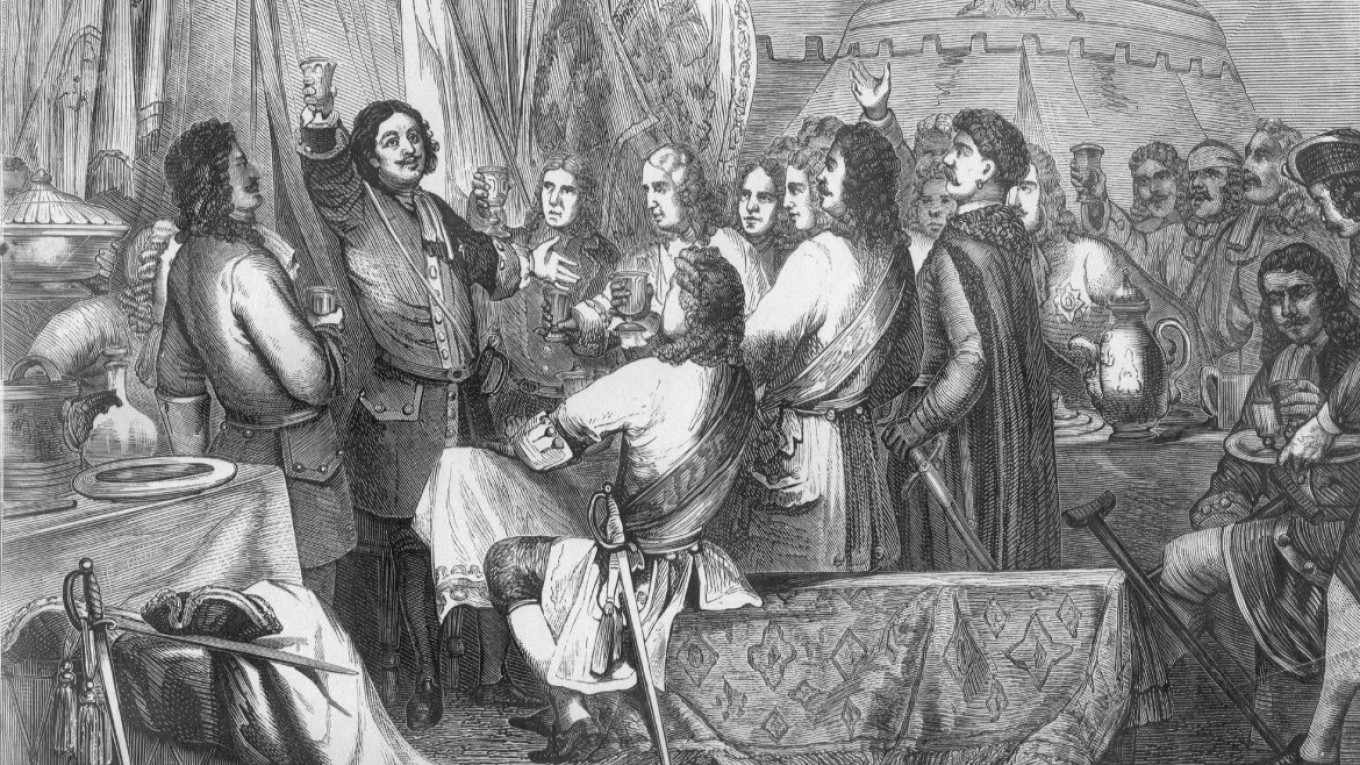Champagne. There is no other foreign product — with the exception of potatoes, perhaps — that has become so popular in Russia, first among the affluent, aristocratic public and then among everyone else. In Russia champagne became the people’s drink.
The first semblance of sparkling wine appeared in Russia at the end of the 17th century. In the villages of Tsimlyanskaya and Kumshatskaya of Kuban, there was a tradition of naturally “carbonated” drinks. Legend has it that when Peter the Great was sailing from Voronezh to Azov on a ship of the new flotilla, he stopped several times on the lower Don.

He thought that the local soil was suitable for winemaking. So he brought in gardeners and grape vines in from France. The vines were planted near the village of Tsymly, acclimated quickly and produced a good harvest.
Peter was satisfied with the first experiments of Don wine-making. And after a trip to Europe, he sent the French several barrels of his Don wine. But the French were also developing the vast expanses of the Russian Empire.
In 1780, the winemaker Philippe Clicquot had sent a small batch of his wine to the Russian capital for sampling. Alas, due to the Napoleonic wars that followed at the beginning of the century, wine-related relations between Russia and France were resumed only in 1814. It was then that the House of Clicquot (renamed Widow Clicquot) began its expansion into Russia.
Thanks to the entrepreneurial spirit and business talents of the young widow Ba.
















